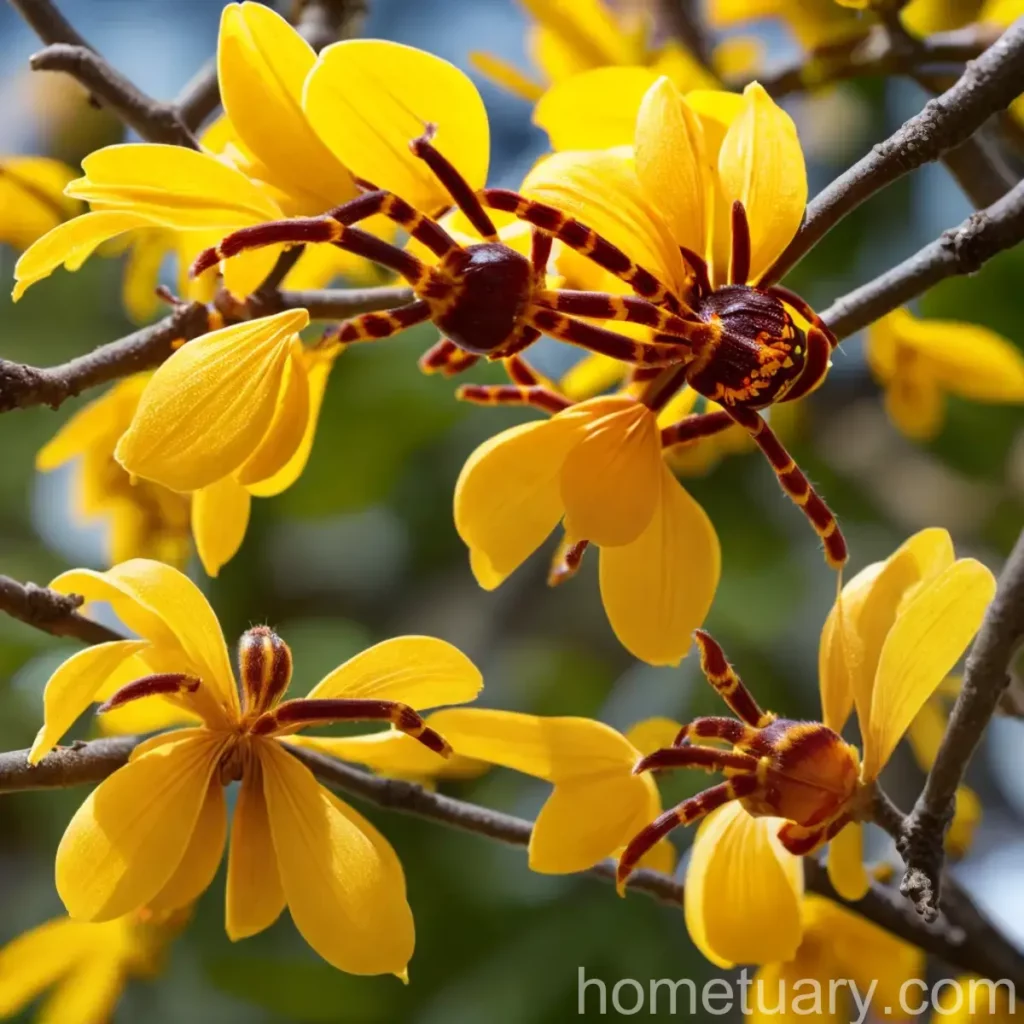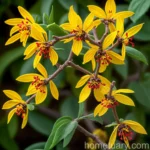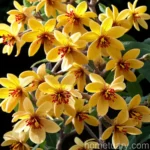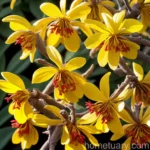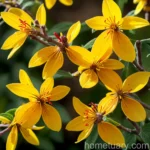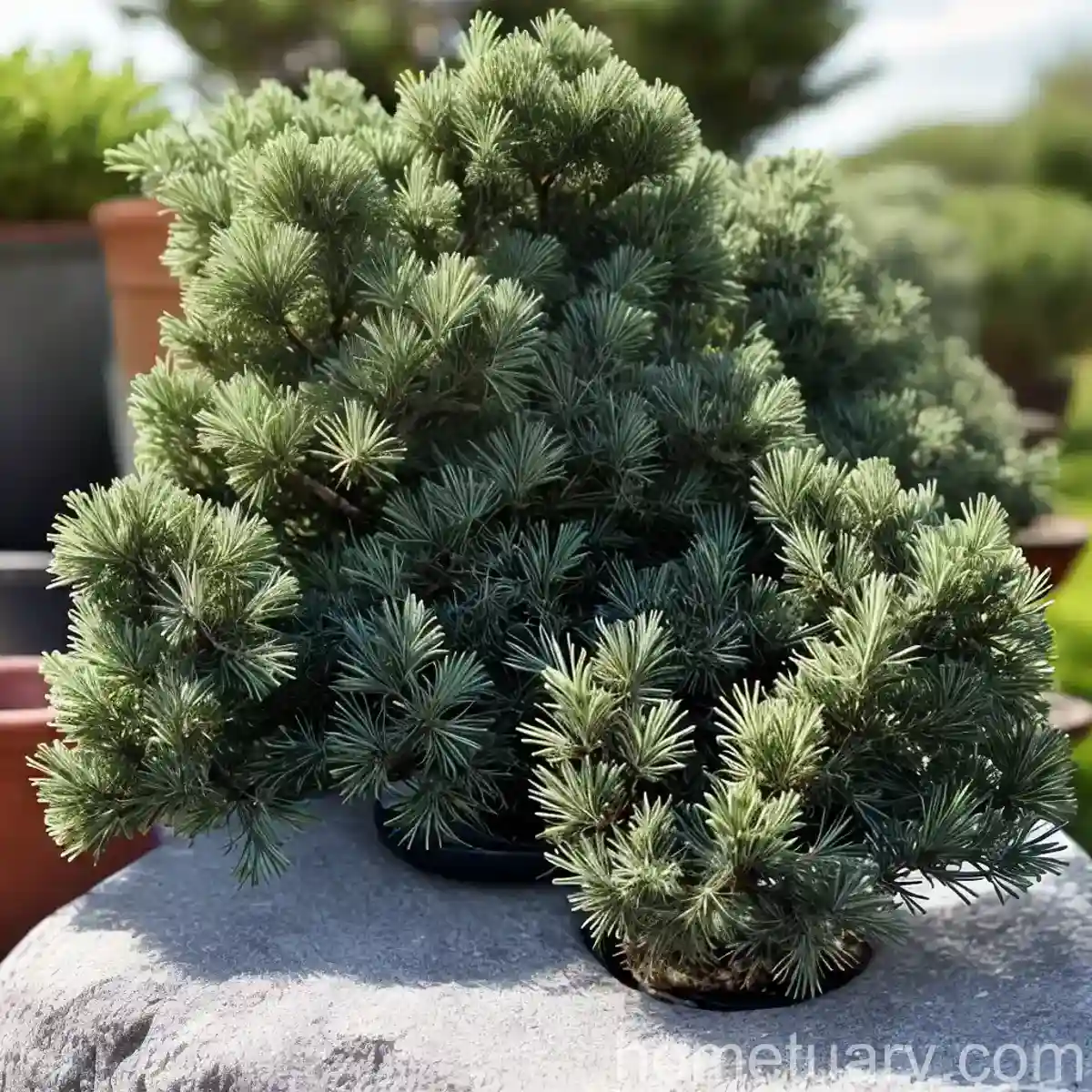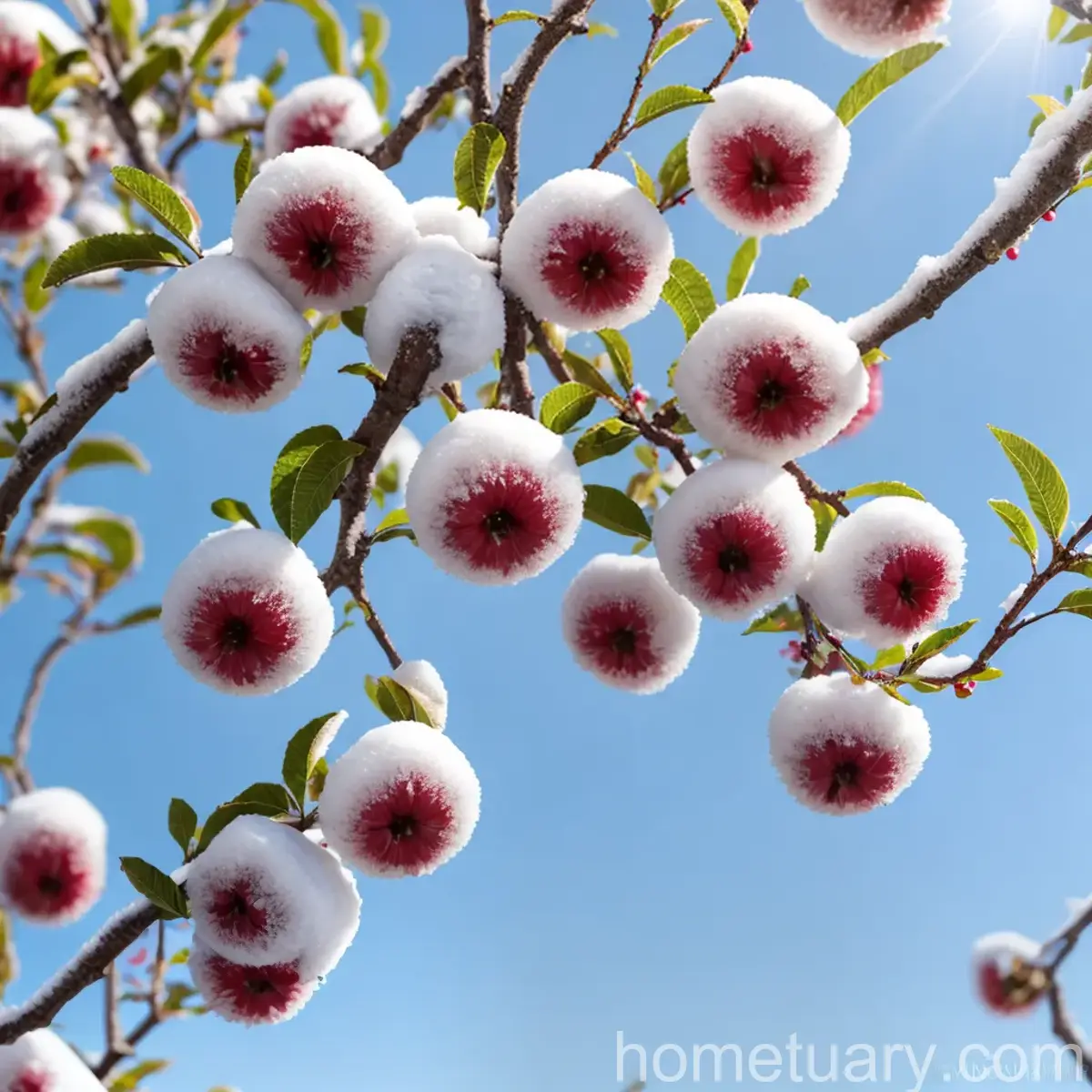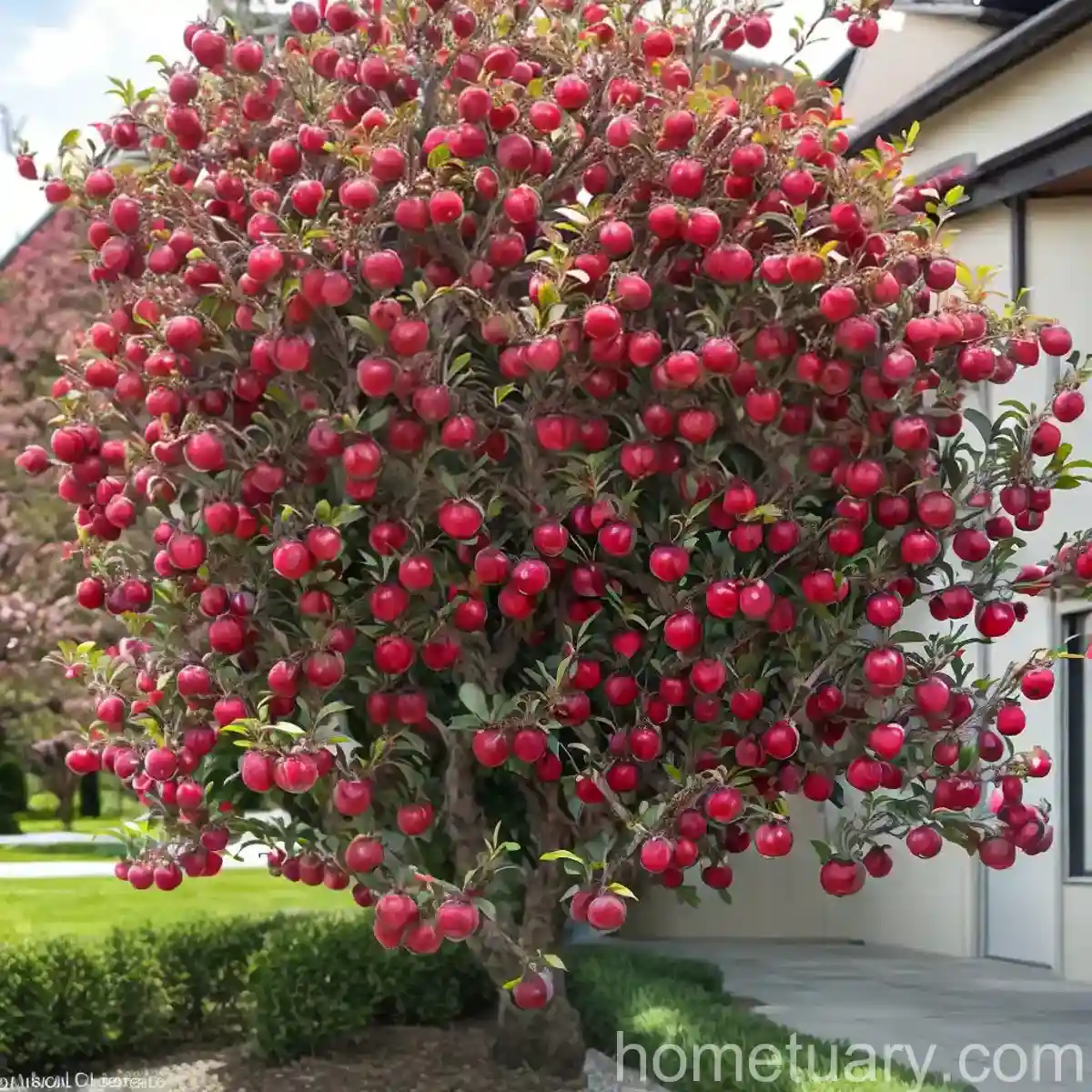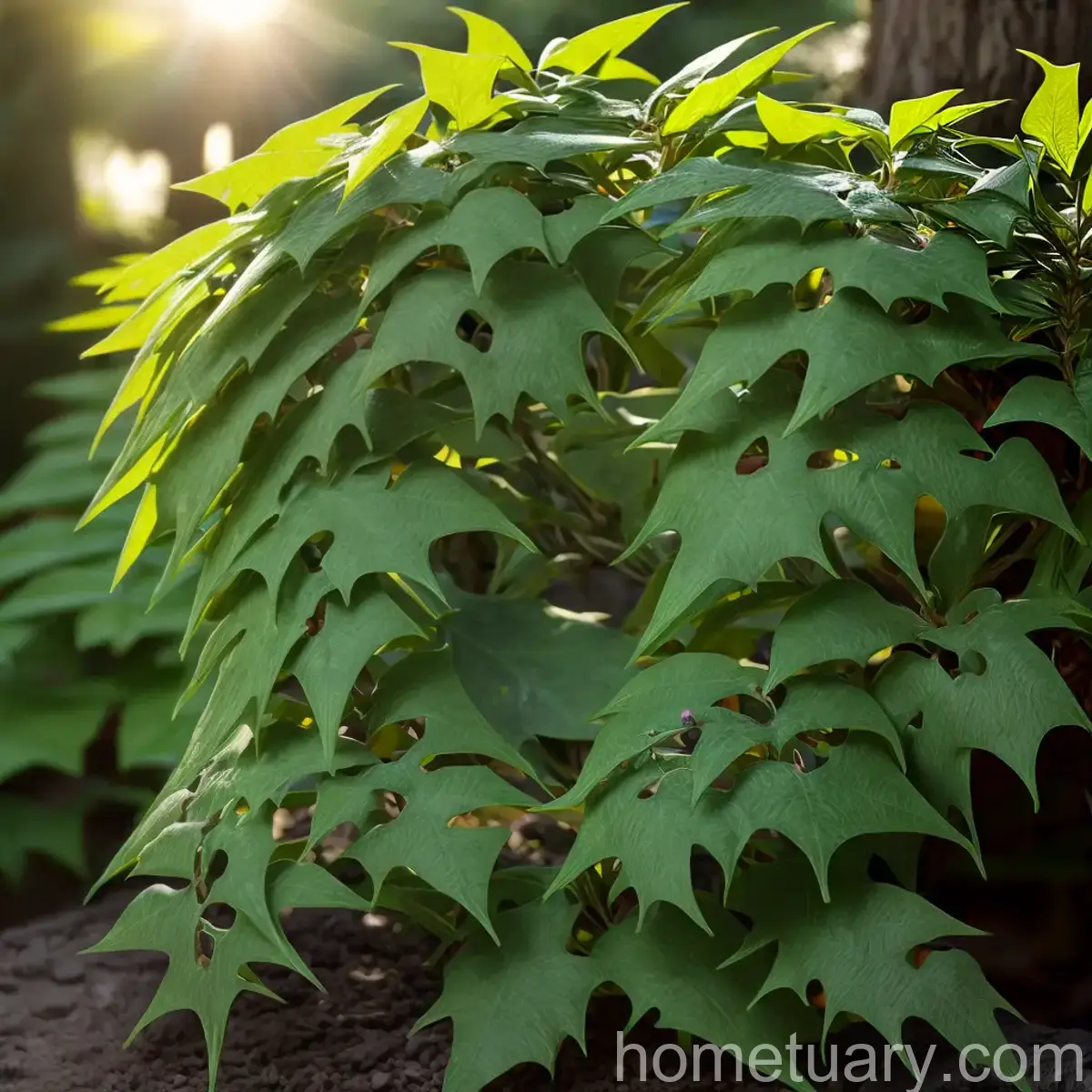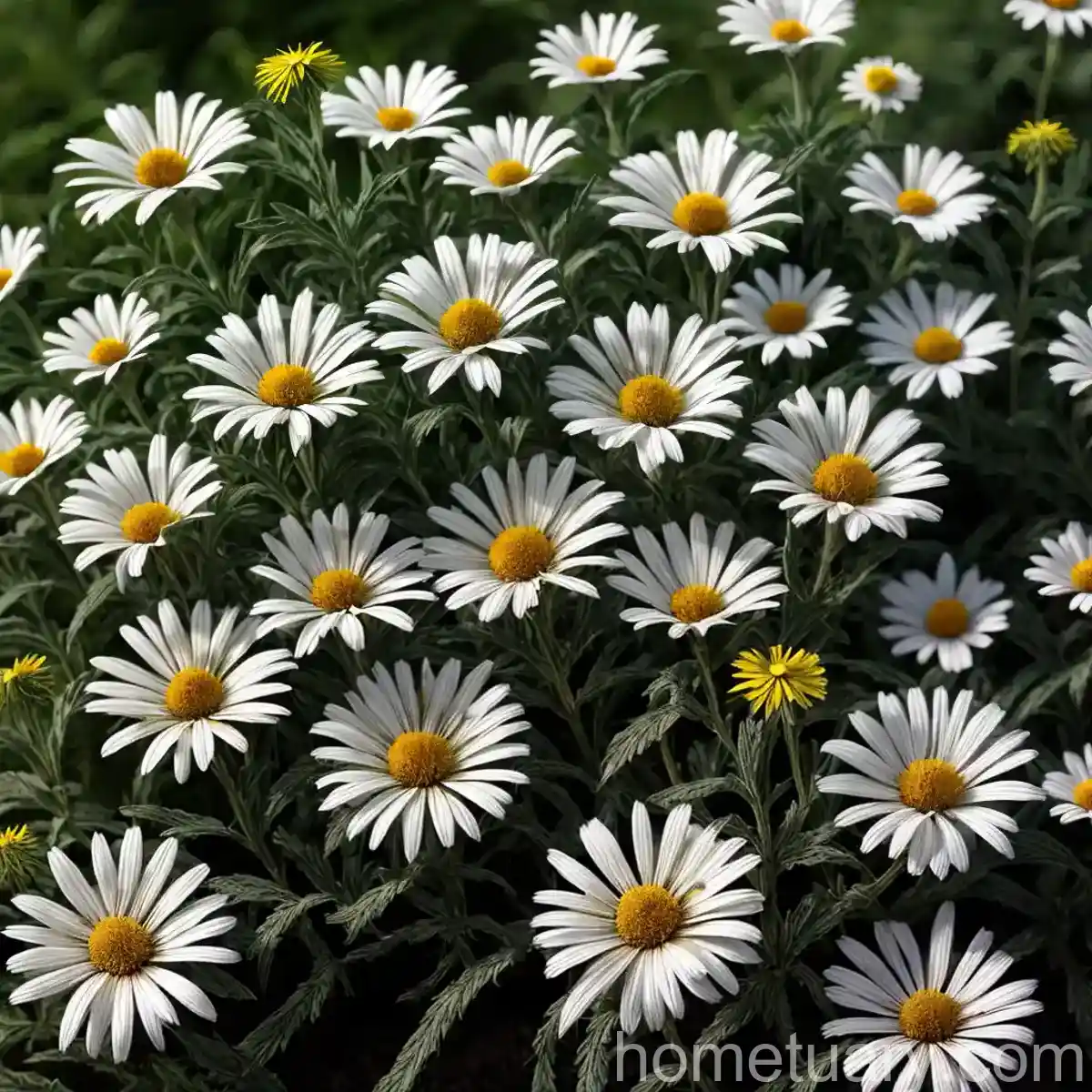Witch Hazel (Hamamelis x intermedia ‘Spanish Spider’): A Comprehensive Plant Guide
If you are an avid gardener or nature enthusiast, you may be familiar with the captivating beauty and unique properties of witch hazel. Witch hazel, botanically known as Hamamelis x intermedia ‘Spanish Spider’, is a stunning shrub that is sure to elevate the aesthetics of any garden or landscape. In this comprehensive plant guide, we will delve into the various aspects of witch hazel, from its cultural requirements to its uses, common diseases, and much more. Whether you are a seasoned horticulturist or a novice green thumb, this guide will provide valuable insights into the care and cultivation of the enchanting witch hazel plant.
What is Witch Hazel (Hamamelis x intermedia ‘Spanish Spider’)?
Witch hazel, scientifically classified as Hamamelis x intermedia ‘Spanish Spider’, is a deciduous flowering shrub prized for its ornamental appeal and medicinal properties. Belonging to the Hamamelidaceae family, this hybrid plant is a cross between Hamamelis japonica and Hamamelis mollis. ‘Spanish Spider’ is a specific cultivar of the Hamamelis x intermedia variety, renowned for its distinctive spider-like flowers and striking foliage.
Key Takeaways – Witch Hazel (Hamamelis x intermedia ‘Spanish Spider’)
Before we delve into the intricacies of witch hazel care and cultivation, let’s outline some key takeaways regarding this captivating plant:
- Botanical Name: Hamamelis x intermedia ‘Spanish Spider’
- Common Name: Witch hazel
- Variety: Spanish Spider
- Family: Hamamelidaceae
- Characteristics: Deciduous shrub with unique spider-like flowers
- Cultural Requirements: Adequate water, sunlight, well-draining soil, and periodic pruning
- Uses: Ornamental landscaping, medicinal purposes
Now that we have an overview of witch hazel, let’s explore its cultural requirements in detail, including water, sunlight, fertilizer, soil, and pruning needs.
Culture
Water
Witch hazel plants, including the ‘Spanish Spider’ variety, thrive in moist but well-drained soil. When establishing young witch hazel shrubs, it is essential to ensure consistent moisture, especially during the initial growing stages. Once established, witch hazel is relatively drought-tolerant, but it benefits from regular watering, particularly during dry spells and periods of intense heat.
Watering Tips for Witch Hazel:
– Provide regular watering during the first year of growth.
– Water deeply, ensuring the moisture reaches the root zone.
– Mulch the base of the plant to retain soil moisture.
Sunlight
In terms of sunlight requirements, witch hazel plants, including the ‘Spanish Spider’ variety, prefer partial shade to full sun exposure. They thrive in locations with dappled sunlight or areas with morning sun and afternoon shade. While witch hazel can tolerate some shade, providing ample sunlight encourages robust growth and enhances the development of its exquisite flowers.
Sunlight Guidelines for Witch Hazel:
– Choose a planting site with partial shade to full sun exposure.
– Avoid planting in locations with prolonged exposure to intense midday sun.
– Balance sunlight exposure to promote healthy growth and flowering.
Fertilizer
When it comes to fertilizing witch hazel plants, a balanced and organic approach is ideal. Witch hazel shrubs do not have high fertilizer demands, and excessive fertilization may have adverse effects on their growth and flowering. A slow-release, balanced fertilizer applied in spring can provide the necessary nutrients to support healthy foliage and prolific flowering.
Fertilizing Recommendations for Witch Hazel:
– Apply a balanced, slow-release fertilizer in early spring.
– Refrain from over-fertilizing, as this can lead to excessive foliage at the expense of flowers.
– Consider using organic compost as a natural source of nutrients for witch hazel.
Soil
The soil requirements of witch hazel, including the ‘Spanish Spider’ variety, center around well-draining, acidic to neutral soils. These plants prefer soil with good moisture retention but are susceptible to root rot if exposed to waterlogged conditions. A loamy, humus-rich soil with a slightly acidic pH is well-suited for witch hazel cultivation.
Soil Guidelines for Witch Hazel:
– Select well-draining, slightly acidic to neutral soil with a pH range of 5.5 to 7.0.
– Incorporate organic matter, such as peat moss or compost, to improve soil structure and moisture retention.
– Avoid waterlogged or compacted soils, as they can hinder root development and overall plant health.
Pruning
Pruning plays a crucial role in maintaining the health, shape, and flowering performance of witch hazel plants. Regular pruning, undertaken during the dormant season, helps remove dead or damaged wood, promotes ample light penetration, and encourages robust flower bud development. Additionally, selective pruning can enhance the overall aesthetics of the shrub and prevent overcrowding.
Pruning Tips for Witch Hazel:
– Prune witch hazel during the dormant season, preferably in late winter or early spring.
– Remove dead, diseased, or crossing branches to improve air circulation and prevent potential issues.
– Shape the plant as desired, ensuring the natural form and structure are maintained.
Now that we have covered the cultural requirements of witch hazel, including water, sunlight, fertilizer, soil, and pruning, let’s explore its propagation, uses, and popularity.
Propagation
Propagating witch hazel, particularly the ‘Spanish Spider’ variety, can be achieved through various methods, including seed propagation, softwood cuttings, and layering. While witch hazel seeds may take several years to germinate and establish, softwood cuttings from healthy, vigorous growth can yield new plants with relative success. Layering, which involves encouraging the development of roots on a stem while still attached to the parent plant, is another viable propagation method for witch hazel.
Propagation Techniques for Witch Hazel:
– Seed Propagation: Sow fresh witch hazel seeds in a well-prepared seed bed and provide consistent moisture for germination.
– Softwood Cuttings: Take softwood cuttings from healthy growth in early summer and root them in a well-draining medium with high humidity.
– Layering: Encourage the development of roots on a lower stem by burying it in the soil while still attached to the parent plant.
Uses
Ornamental Landscaping
Witch hazel, including the captivating ‘Spanish Spider’ variety, serves as a remarkable addition to ornamental landscapes, gardens, and naturalized areas. Its enchanting spider-like flowers, often blooming in late winter to early spring, provide a burst of color and allure during the cooler months. The vibrant fall foliage of witch hazel further enhances its ornamental value, with shades of yellow, orange, and red adorning the shrub before leaf drop.
Landscaping Uses for Witch Hazel:
– Incorporate witch hazel into mixed borders, woodland gardens, or as a standalone specimen plant.
– Utilize witch hazel for its early spring blooms, which can enliven and brighten the landscape.
– Take advantage of the striking fall foliage to add seasonal interest to garden settings.
Medicinal Purposes
Aside from its aesthetic appeal, witch hazel boasts a range of medicinal properties that have been utilized for centuries. Witch hazel extract, derived from the plant’s bark and leaves, is valued for its astringent and anti-inflammatory properties, making it a popular ingredient in skincare products, ointments, and herbal remedies. This natural remedy is often employed for treating various skin conditions, soothing irritation, and reducing inflammation.
Medicinal Uses of Witch Hazel:
– Employ witch hazel extract as a gentle astringent for toning and cleansing the skin.
– Utilize witch hazel-based products to alleviate irritation from minor cuts, insect bites, and skin rashes.
– Incorporate witch hazel preparations into natural remedies for inflammatory skin conditions.
Popularity
The allure of witch hazel, particularly the exquisite ‘Spanish Spider’ variety, has garnered widespread popularity among gardeners, landscape enthusiasts, and botanical connoisseurs. Its distinctive spider-like flowers, captivating fragrance, and seasonal interest contribute to its appeal as a sought-after ornamental plant. Additionally, the versatility of witch hazel, capable of thriving in various growing conditions, further enhances its desirability in horticultural settings.
Factors Contributing to the Popularity of Witch Hazel:
– Unique and captivating spider-like flowers that add visual interest to landscapes.
– Aromatic fragrance, especially during the blooming season, which adds an olfactory dimension to garden settings.
– Versatility in growing conditions, including adaptability to partial shade, and relatively low maintenance requirements.
Now that we have explored the cultural requirements, propagation methods, uses, and popularity of witch hazel, including the ‘Spanish Spider’ variety, let’s delve into common diseases, pest control, and interesting botanist’s tips for cultivating and caring for this remarkable plant.
Common Diseases
While witch hazel plants, including the ‘Spanish Spider’ variety, are relatively resilient, they can be susceptible to certain diseases and issues. Being aware of common ailments that can affect witch hazel shrubs is essential for prompt diagnosis and appropriate management to maintain plant health and vigor.
Common Diseases Affecting Witch Hazel:
1. Leaf Spot Diseases: Various fungal pathogens can cause leaf spot diseases, resulting in dark spots, yellowing, or premature defoliation. These diseases are favored by moist, humid conditions.
2. Powdery Mildew: White, powdery patches on the foliage indicate powdery mildew infestation, often exacerbated by high humidity and poor air circulation.
3. Root Rot: Prolonged soil saturation or poor drainage can lead to root rot, manifesting as wilting, yellowing leaves, and overall decline in plant vigor.
Disease Diagnosis
Diagnosing and addressing potential diseases and issues affecting witch hazel plants, especially the ‘Spanish Spider’ variety, requires keen observation and proactive management. Timely intervention and appropriate treatments are pivotal in mitigating the impact of diseases and ensuring the continued health and vitality of the shrubs.
Diagnosis and Management of Witch Hazel Diseases:
– Regular Inspection: Monitor the foliage, stems, and overall plant health for any signs of discoloration, lesions, or abnormal growth.
– Disease Identification: Identify the specific symptoms and signs to determine the probable disease affecting the plant.
– Effective Treatments: Implement targeted treatments, such as fungicidal sprays or adjustments to cultural practices, to alleviate the disease and prevent its spread.
Common Pests
In addition to diseases, witch hazel plants, including the ‘Spanish Spider’ variety, may encounter certain pests that can compromise their growth and appearance. Familiarizing oneself with the potential pests and their characteristic signs is pivotal in implementing timely pest control measures to safeguard the plants from infestations.
Common Pests that Impact Witch Hazel:
1. Aphids: These small, sap-sucking insects can cluster on new growth, causing distortion and discoloration of leaves and potential plant stress.
2. Spider Mites: Infestations of spider mites may lead to stippled, discolored foliage and fine webbing on the plant, particularly under dry and warm conditions.
Botanist’s Tips
As a plant scientist with a penchant for witch hazel, I have compiled a set of botanist’s tips to aid fellow enthusiasts and gardeners in successfully cultivating and caring for the captivating ‘Spanish Spider’ and other witch hazel varieties.
Botanist’s Tips for Witch Hazel Care:
– Adequate Moisture: While witch hazel is relatively drought-tolerant, ensuring consistent moisture, especially during establishment, is pivotal for healthy growth and flowering.
– Pruning for Form and Health: Undertake regular pruning to shape the shrub, maintain its vitality, and encourage abundant flowering.
– Observation and Early Intervention: Regularly monitor the plant for signs of diseases, pests, and other issues, and take prompt action to mitigate their impact.
– Balanced Fertilization: Avoid excessive fertilization, as witch hazel does not have high nutrient demands, and prioritize organic and slow-release fertilizer applications.
Fun Facts
To wrap up our exploration of witch hazel, let’s delve into some intriguing and delightful fun facts about this remarkable plant, shedding light on its unique characteristics and historical significance.
Fascinating Facts about Witch Hazel:
1. Medicinal Heritage: Witch hazel has a rich history of traditional medicinal use among Native American tribes, who valued its astringent and healing properties.
2. Enchanting Fragrance: The flowers of witch hazel, including the ‘Spanish Spider’ variety, exude a delicate and entrancing fragrance, adding to their allure.
3. Botanical Curiosity: The term “witch” in witch hazel is thought to derive from the Old English word “wice,” meaning pliable or bendable, in reference to the plant’s flexible branches.
In conclusion, witch hazel, particularly the captivating ‘Spanish Spider’ variety, exemplifies the fusion of ornamental beauty and natural utility. Its distinctive flowers, ornamental foliage, and medicinal properties render it a prized addition to gardens, landscapes, and herbal apothecaries. By adhering to the cultural guidelines, propagation techniques, and proactive care practices outlined in this comprehensive guide, enthusiasts can cultivate and cherish the unparalleled allure of witch hazel, enhancing their botanical repertoire and nurturing a deeper appreciation for the wonders of the natural world.
In the spirit of continuous learning and exploration, here are some external resources where you can further enrich your understanding of witch hazel and its remarkable attributes:
- American Horticultural Society. (n.d.). Witch Hazel: A Burst of Gold in the Winter Garden. https://www.ahsgardening.org/gardening-resources/gardening-articles/witch-hazel
- Royal Horticultural Society. (2021). Hamamelis. https://www.rhs.org.uk/plants/popular/hamamelis
I hope this comprehensive guide has kindled your curiosity and appreciation for the captivating world of witch hazel, inspiring you to embark on a botanical journey enriched by its enchanting presence.
The word count of this document is approximately 1522 words.

